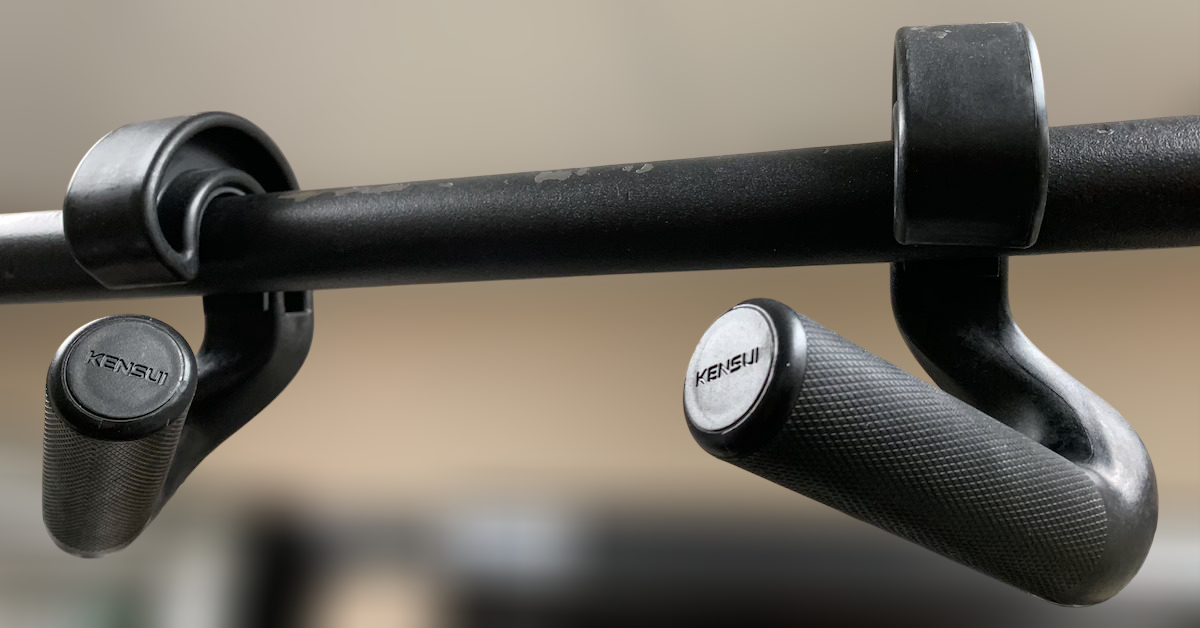“When do you exercise?” I get asked that a lot. This is what my regimen looks like these days:
Monday – Strength Training (Upper Body – Vertical Push/Pull Emphasis)
Tuesday – Strength Training (Lower Body – Squat Emphasis)
Wednesday – Walk (40-60 Minutes – Brisk Pace)
Thursday – Strength Training (Upper Body – Horizontal Push/Pull Emphasis)
Friday – Strength Training (Lower Body – Deadlift Emphasis)
Saturday – High-Intensity Interval Training (Stationary Cycle – Speed Protocol)
Sunday – Walk (40-60 Minutes – Brisk Pace)
As you can see, it’s a blend of low-, moderate-, and high-intensity sessions. By the way, you can learn more about the speed protocol and other high-intensity interval training (HIIT) alternatives in my book Lean and Mean.
Snack Instead of a Meal
Most people that I meet only have about 3 hours a week to exercise and I always say that strength training should be the priority, so you may not have time for anything else. That’s where 10-minute walks and sprint snacks come into play. They’re a great way to get in shape when time is limited.
A simple 10-minute walk after each meal is an effective way to manage blood glucose levels. Credit goes to Stan Efferding for bringing this study to people’s attention.
You don’t have to walk every time though to get the same effect. Hop onto a stationary cycle if it’s raining or cold outside. It works just as well and it’s a great way to improve cardiorespiratory fitness if you add a 20-second “all-out” sprint bout during that 10-minute period.
According to a study published in the European Journal of Applied Physiology, these “sprint snacks” are a time-efficient way to improve cardiorespiratory fitness similar to a longer HIIT session:
Cardiorespiratory fitness was similarly increased by a protocol involving sprint snacks spread throughout the day and a traditional sprint interval training protocol in which bouts were separated by short recovery periods within a single training session.
So instead of devoting an entire session to HIIT, just spread out some small sprint snacks throughout the day whenever your schedule permits. It doesn’t matter what the weather is like outside—just hop onto your stationary cycle (or any other cardio machine for that matter) and go for it!
And it doesn’t really matter when you do it. You can snack right after a meal if you wish (one high-intensity interval should not be a problem), or you can wait an hour or two after eating. It won’t make a difference.
Just make sure to do the 20-second “all-out” interval at 5 minutes in, exactly halfway through the 10-minute session. That’ll give you enough time to warm up beforehand and cool down afterward.
Short, Sweet, and Frequent
Sprint snacks can have a dramatic effect on aerobic fitness, heart health, blood sugar control, and body composition if they’re done on a regular basis. Frequency is the key – they’re short sessions, but they must be done frequently.
Don’t get me wrong, 10-minute walks are great and I recommend them to everyone, but they’re not always feasible. Sometimes the weather or your schedule do not cooperate. That’s when sprint snacks come into play.
Just hop onto a stationary cycle for 10 minutes and do a 20-second “all-out” interval halfway through the session. There can be a blizzard outside and it won’t affect you, and you can do it any time. In fact, if you’re able to do 3 sprint snacks in a day, it’ll have the same effect as a full HIIT workout.
Bottom Line: If it’s a challenge to get in your 10-minute walks and you don’t have time for a complete HIIT workout during the week, sprint snacks are a great alternative.

Upgrade Your Pull-Ups with Swissies-SP Handles
Pull-ups are one of the best exercises for building back and arm strength—but not all pull-up bars are created equal.

No Time to Walk After a Meal? Do This Instead!
By now, most people know that getting in daily steps is essential for overall health. In particular, taking a short

Stay Fit on the Fly: No-Excuse Workouts for Travelers
One of the biggest challenges people face when traveling is maintaining their exercise routine. The two most common excuses? Lack
follow
Error: No feed with the ID 2 found.
Please go to the Instagram Feed settings page to create a feed.
